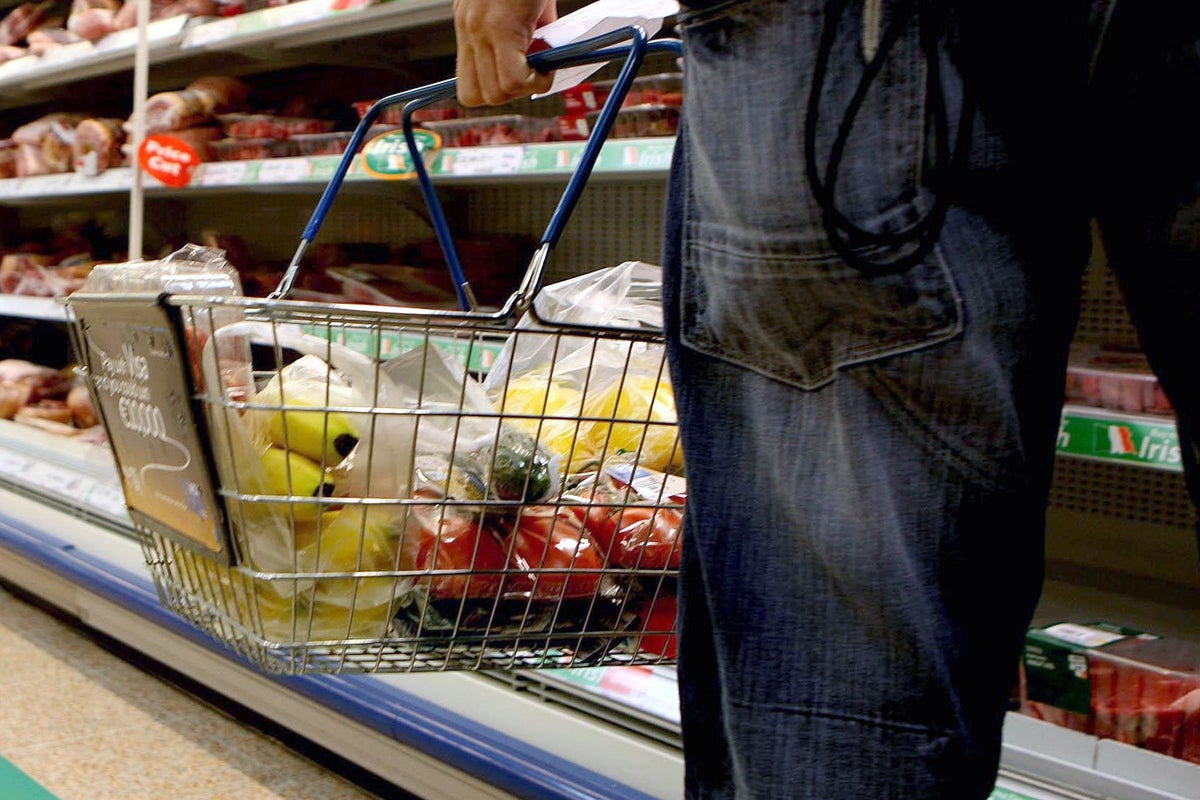
Food and drink inflation surged to the highest in 45 years last month, with Britons witnessing mammoth increases for everyday items.
The cost of food and non-alcoholic drinks rocketed 16.4 per cent in November against the same month last year, further compounding pressure on the budgets of households.
It has included surges for household staples such as eggs, which have leapt by 23.5 per cent as avian flu has dented supplies to supermarkets.
The broad rise in the cost of groceries has been accelerated by the war in Ukraine, which has pushed up the cost of fertiliser and animal feed due to the impact on grain supply.
Global meat and dairy prices have jumped as a result, while the knock-on effect to oil production in the regions has also hit the price of sunflower oil and other fats.
Here we take a look at some examples of how the cost of food has risen in the past year.
The figures are based on the Consumer Prices Index (CPI) measure of inflation and have been published by the Office for National Statistics. In each case, the figure is the percentage change in the average price over the 12 months to October 2022.
How food items have risen in price
Low-fat milk - 45.3%
Pasta and couscous - 36.8%
Margarine and other vegetable fats - 33.9%
Whole milk - 33.9%
Flours and other cereals - 30.1%
Butter - 28.4%
Cheese and curd - 28.3%
Sauces, condiments, salt, spices and culinary herbs - 27.2%
Olive oil - 25.2%
Eggs - 23.5%
Jams, marmalades and honey - 21.1%
Bread - 20%
Ready-made meals - 20%
Pizza and quiche - 18.4%
Potatoes - 17.8%
Meat - 16.5%
Fish - 16%
Crisps - 15.7%
Soft drinks - 15.7%
Edible ices and ice cream - 13.7%
Yoghurt - 13.4%
Coffee - 11.6%
Chocolate - 6.3%
Beer - 5.9%
Dried fruit and nuts - 4.8%
Wine - 2.9%







